Located in the Indian state of Karnataka, in the districts of Coorg and Mysore, Nagarhole National Park covers 643.392 square kilometres. It is one of the largest national parks in India and is a big part of the Nilgiri Biosphere Reserve. The park is famous for its numerous streams, hills, valleys, and waterfalls. The name of the park comes from the Kannada words Naga meaning ‘snake’, and Hole meaning ‘streams’, which are the two main attractions of the place. The region is home to diverse wildlife, vast grassy swamplands and dry hardwood forests, intermingled with low hills and small valleys.
Nagarhole National Park Location

Photo: Pixabay / Pexels / Image For Representation Only
Nagarhole National Park’s address lies in the middle of Coorg and Mysore, Karnataka. Also, named Rajiv Gandhi National Park, it is situated at the foot of the Western Ghats, surrounded by hilly terrain and jungle. In 1999, the authorities declared this park as India’s 37th Tiger Reserve. It is a part of the Nilgiri Biosphere Reserve, along with Bandipur National Park, Mudumalai National Park, and Wayanad Wildlife Sanctuary. The national park is easily accessible from all the major cities in India.
Suggested Read: Kaiwara National Park
How To Reach Nagarhole National Park
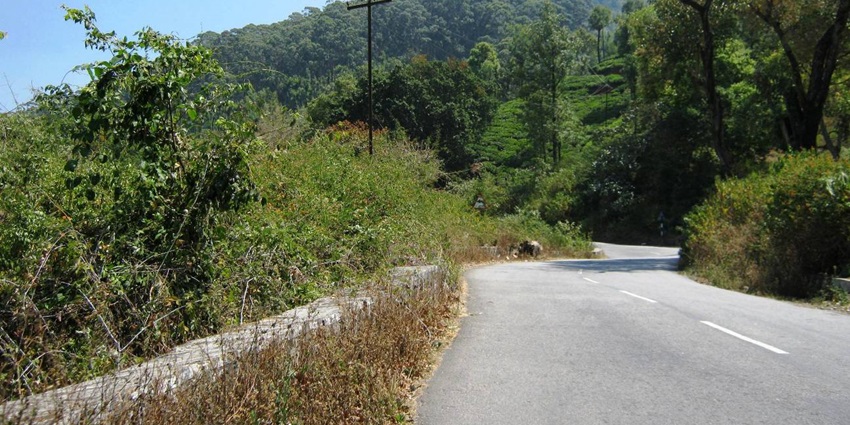
Photo: Jaseem Hamza / Wikimedia Commons / Image For Representation Only
The national park is easily accessible from all major cities in Karnataka. Here’s how you can reach the park:
By Air: Approximately 65 kilometres away, Mysore Airport is the closest airport. For visitors arriving by plane from other parts of India or abroad, another option is Bangalore’s Kempegowda International Airport, which is around 240 kilometres away.
By Road: Regular buses and taxis are available from Mysore (around 60 km), Bangalore (approximately 200 km), and Coorg (about 66 km) to the park, which makes it easily accessible by road.
By Rail: The closest major train station is Mysore Junction, which is located about 63 kilometres away from the park.
Things To Do At Nagarhole National Park
There are many Nagarhole Karnataka National Park activities for visitors to indulge in, such as:
1. Boat Safari
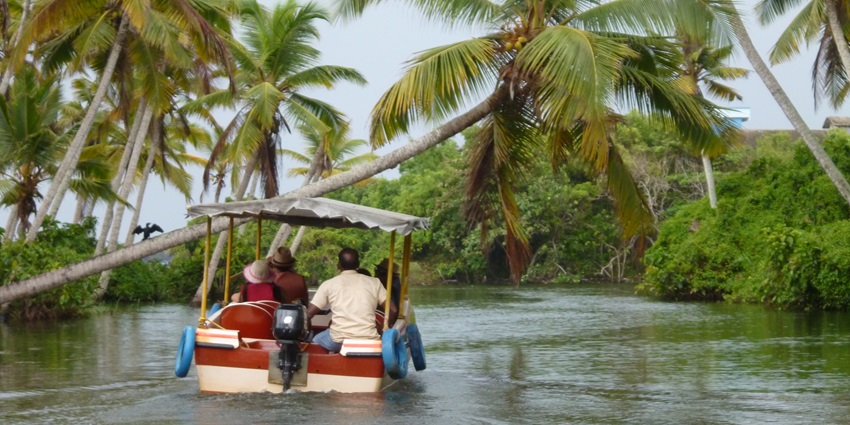
Photo: Arindambasu2 / Wikimedia Commons / Image For Representation Only
When a dam was built on the Kabini River, the lake flooded its banks, and the Kabini reservoir was formed. Thus, you have hard stumps of trees popping out in the middle of the lake, with a variety of birds sitting on them. While the boat sails, you will find herds of elephants, bison, or deer feeding on the plains, drinking, or playing near the lake. If you’re lucky, you may come across a tiger occasionally drinking from the lake.
Location: Kabini Lake, Nagarhole National Park
Timings: Twice a day at 6:30 AM and 3:30 PM
Suggested Read: Lakes In Bengaluru
2. Jeep Safari
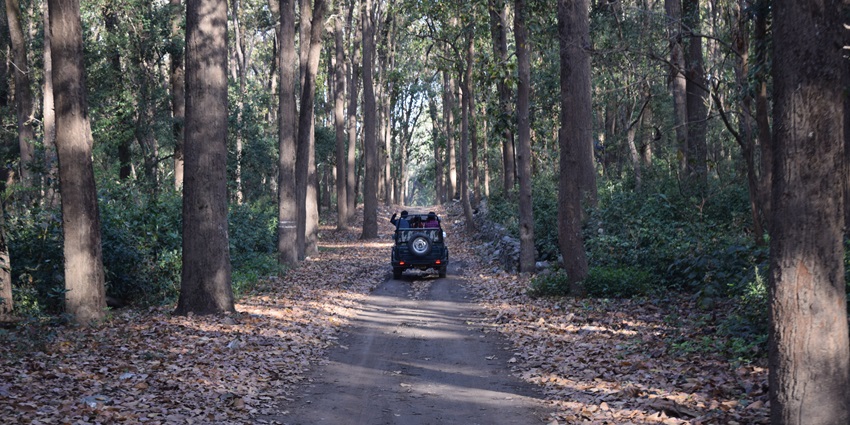
Photo: Dushyant Kaushik / Wikimedia Commons / Image For Representation Only
Kabini River Lodge of the Government of Karnataka handles Jeep and Canter Truck safaris. If you stay at Kabini River Lodge, your package will include a Jeep Safari. The Forest Department handles ticket bookings inside the park, and booking stands are open 30 minutes before the safari begins. There may be a line for safari tickets, so arrive early. The Safari charges an entry fee of ₹250 for Indians and ₹1,500 for foreigners.
Location: Nanchhi Gate & Veerana Hosahalli Gate
Timings: 6 AM – 8 AM, 3 PM – 5 PM
Places To Visit Near Nagarhole National Park
When you visit the national park, you can also pay a visit to places near it to make the most of your visit, such as:
1. The Kabini Reservoir
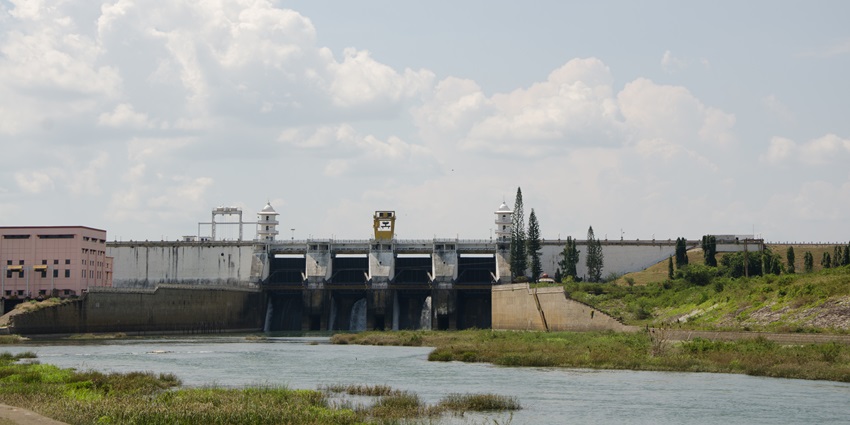
Photo: Ashwin Kumar / Wikimedia Commons
The Kabini Reservoir, created by the Kabini River’s backwaters, is a picturesque site hidden in the rich landscapes of the national park. It’s an excellent bird-watching spot, with sightings of an abundance of bird species, especially in the early mornings and the evenings. The peaceful rivers and lakes also draw elephants, crocodiles, and other wildlife, making it an ideal location for photography. For nature lovers, the Kabini Reservoir is a must-see due to its peaceful setting and amazing views.
Distance: 18.8 km from the national park
Timings: 6.30 AM – 9 PM
Suggested Read: Bannerghatta National Park
2. Iruppu Falls
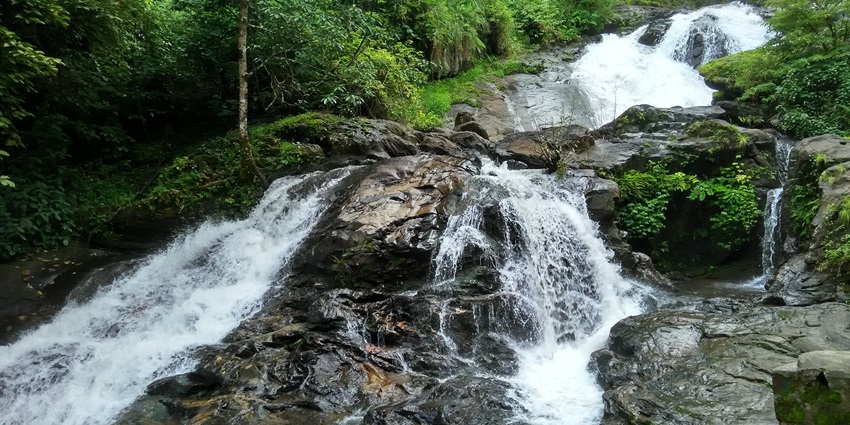
Photo: Balaji 40055 / Wikimedia Commons
Iruppu Falls, also known as Lakshmana Tirtha Falls, is an amazing waterfall in the Brahmagiri Range of Karnataka’s Western Ghats. The Lakshmana Tirtha River, a branch of the Kaveri, produces the falls, which fall from a height of around 170 feet. The name “Iruppu” comes from the native Kodava language, which means splitting or separating, as the stream divides into two separate streams before plunging into the dense jungle below.
Distance: 32 km from the national park
Timings: 8 AM – 5 PM
3. Bandipur National Park
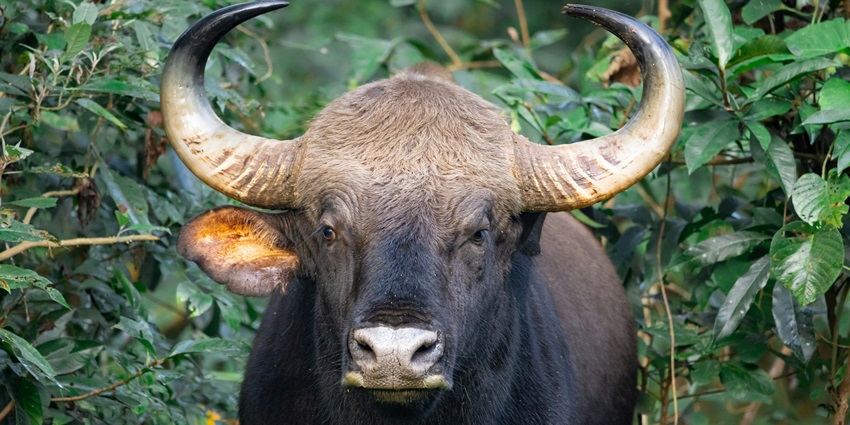
Photo: Syed Ahmad / Unsplash / Image For Representation Only
Bandipur, located near the national park, is a popular wildlife sanctuary that is part of the larger Nilgiri Biosphere Reserve. Bandipur is famous for its powerful population of Bengal tigers and Indian elephants, but it also has a diverse range of bird species, leopards, and gaurs for visitors to see. The park’s beautiful features, which include thick forests and open grasslands, contribute to it becoming a popular location for animal safaris and nature enthusiasts travelling the Western Ghats region.
Distance: 65 km from the park
Timings: 6 AM – 9 AM & 3 PM – 6 PM
Suggested Read: National Parks Near Bangalore
Where To Stay

Photo: Daniel Lugardo / Unsplash / Image For Representation Only
There are several accommodations around the national park, ranging from luxurious resorts to affordable lodges. For a better experience, visitors can book the resorts at the national park. Kabini River Lodge blends colonial beauty and modern amenities while offering extraordinary safari experiences. The lodge offers rooms along with incredible views of the Kabini River. Jungle Lodges and Resorts offer government-run, sustainable accommodations with a focus on the natural world and wildlife. Choose hotels and camping facilities in the national park for an intense nature holiday.
Where To Eat

Photo: Yoav Aziz / Unsplash / Image For Representation Only
Dining options around Nagarhole are mostly available at the hotels and resorts where you stay. Kabini River Lodge serves a buffet containing Indian and regional cuisine in a lovely location. Evolve Back Kuruba Safari Lodge offers a great dining experience with an assortment of cuisines, which include Indian, continental, and local delicacies. Jungle Lodges and Resorts serves simple, healthy meals based on indigenous cuisine. For more options, nearby towns such as H. D. Kote have local restaurants serving traditional South Indian cuisine.
Suggested Read: Anshi National Park
Best Time To Visit
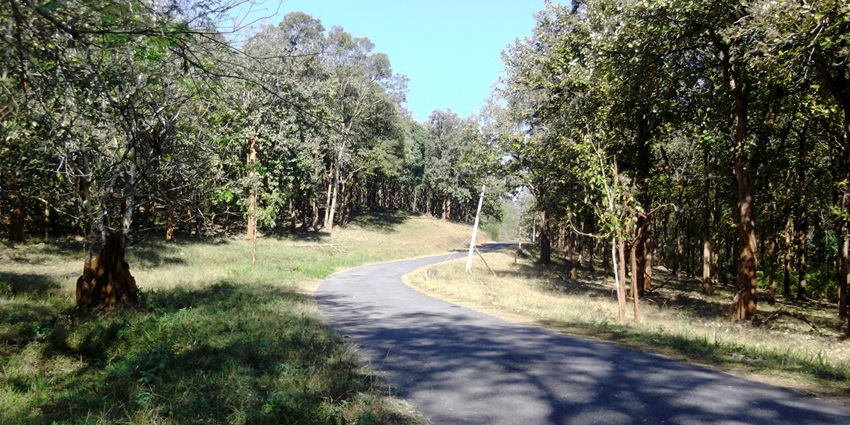
Photo: Jaseem Hamza / Wikimedia Commons
The best time to visit the national park falls between the months of October and May. Nagarhole has a tropical climate throughout the year; as a result, it can be visited at any time of the year. Summers in Nagarhole are normally dry, and the average temperature does not get above 33 degrees Celsius. Winters are short, with temperatures reaching 14 degrees. However, the park is slightly damp during the rainy season since the whole area receives considerable rain during the monsoon months.
Other Things To Consider

Photo: Hanson Lu / Unsplash / Image For Representation Only
Wear Comfortable Clothes: Light, neutral-coloured clothes are suitable for safaris. During the winter, bring warm clothes because mornings might be freezing.
Stay Hydrated: Carry water, especially during the summer when temperatures can rise dramatically.
Follow Park Rules: Follow park rules to guarantee a happy and secure trip. Do not litter and disrespect wildlife. Seek permission to click Nagarhole National Park photos.
Binoculars And Cameras: To improve your safari experience, carry binoculars and cameras with zoom lenses.
Entry Fees: Nagarhole National Park’s ticket price is ₹150 per adult for Indians and ₹1500 for foreigners.
Timings: Nagarhole National Park’s timings are from 6:45 AM to 8:45 AM and from 4:00 PM to 6:00 PM on all days of the week.
Suggested Read: Kudremukh National Park
Nagarhole National Park gives visitors a comprehensive wildlife experience with its deep forests, diverse habitats, and a variety of wildlife. Whether you are on a jeep safari, enjoying a boat ride along the Kabini River, or visiting tourist attractions near the national park, Nagarhole delivers a lifetime of memories amid nature. To enjoy the beauty of nature in its full glory, book your trip with TripXL!
Cover Photo: Vjgeorgeinn / Wikimedia Commons


 WhatsApp
WhatsApp
 Twitter
Twitter









